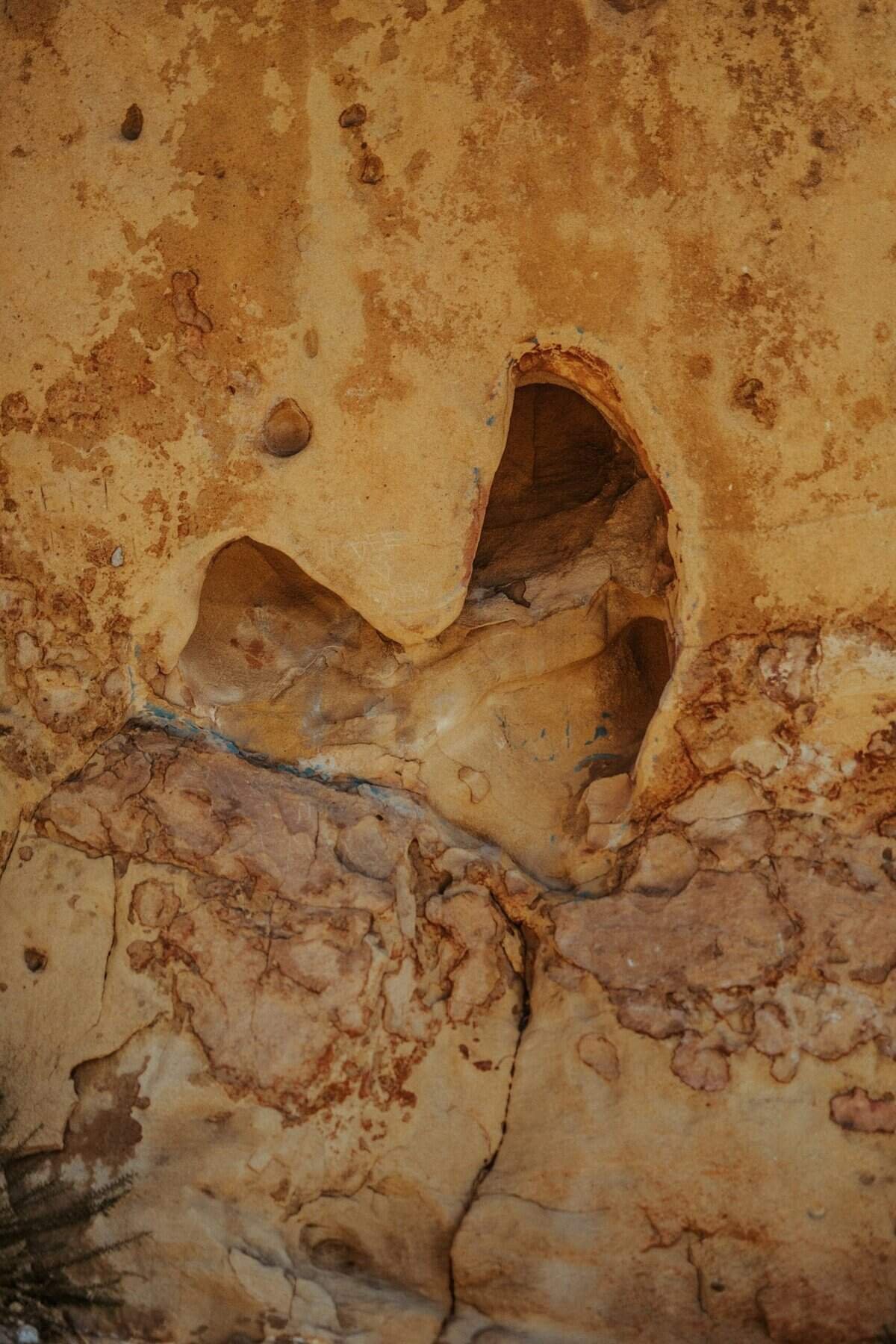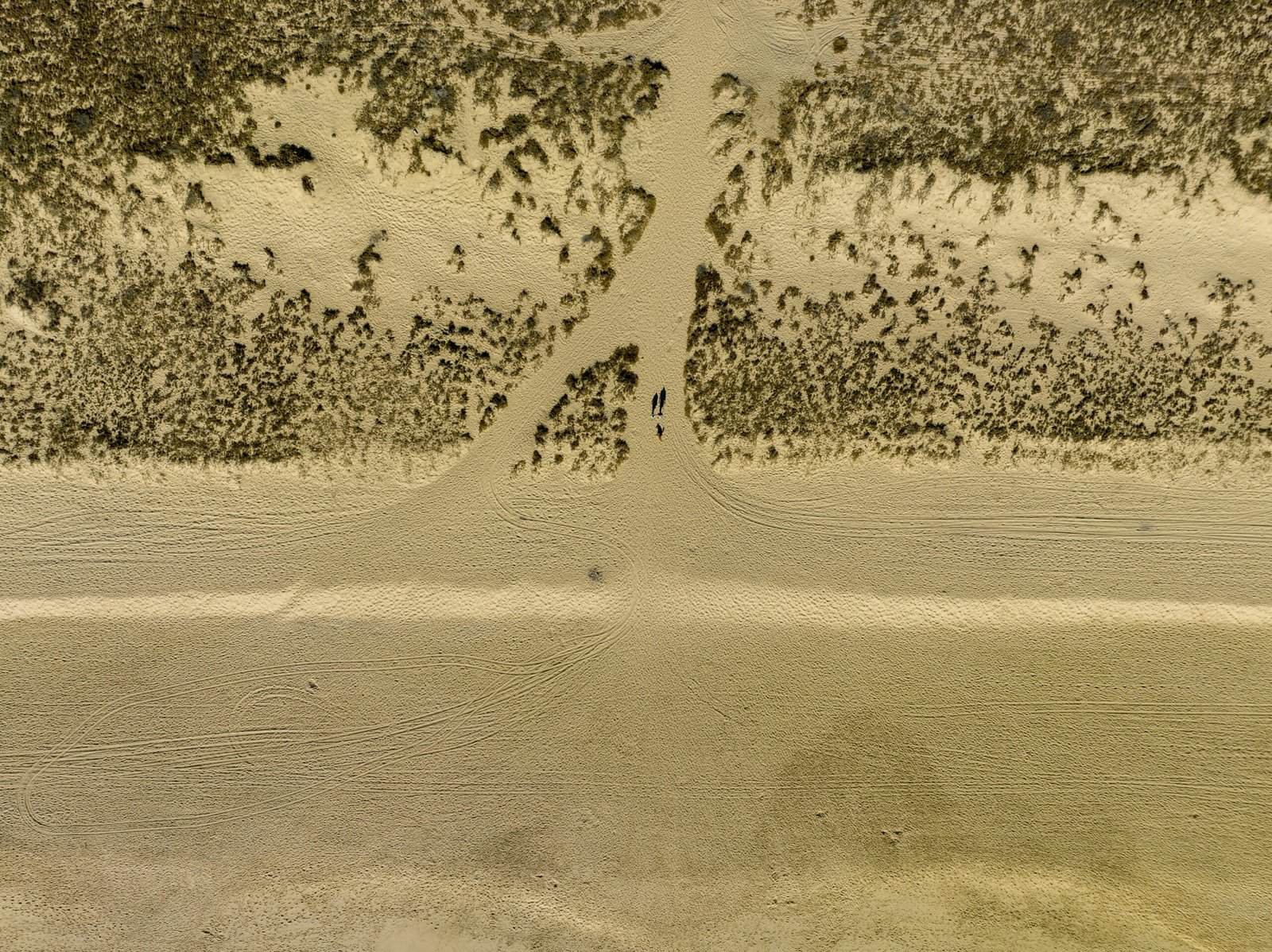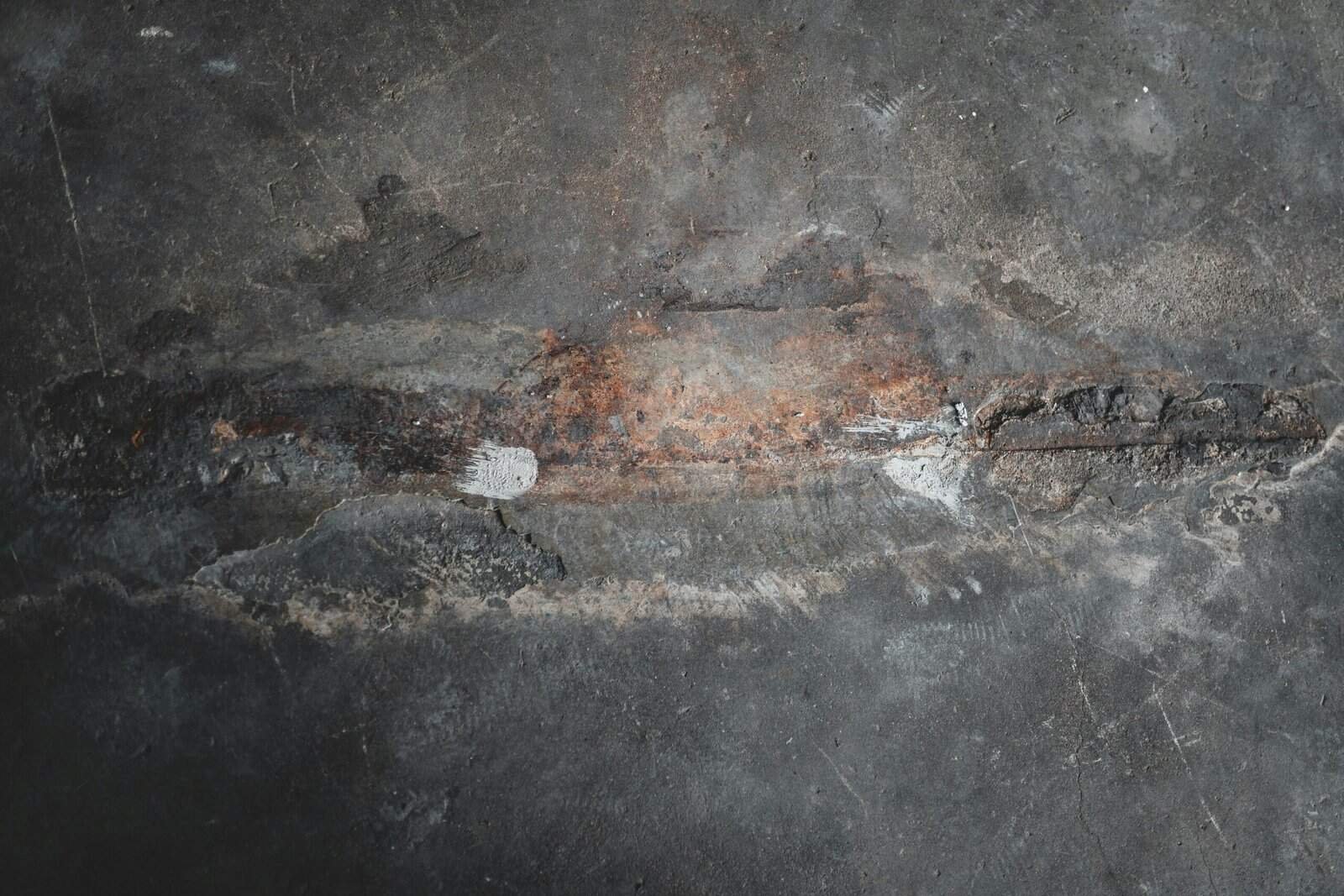Have you ever thought about the air and water quality in your home, specifically if mold could be lurking where you least expect it? If your home relies on a well system for its water supply, understanding the potential for mold contamination is essential for maintaining a healthy living environment. You might be wondering, “What’s the risk of mold in a well system?” This is an important question for anyone utilizing a private well, as issues like mold can impact not only water quality but also your family’s health. So, let’s explore this topic further with a friendly, informative guide to help ensure your water source is safe and clean.
Understanding Mold and Its Impact on Health
What is Mold?
Mold is a type of fungus that thrives in moist, warm environments. It can grow on a variety of surfaces, releasing tiny spores into the air. While mold is naturally occurring and plays a role in breaking down organic materials in the environment, it is not something you want in your water supply.
Health Risks of Mold Exposure
Exposure to mold can lead to a variety of health problems, particularly for those with allergies, respiratory issues, or compromised immune systems. Symptoms may include coughing, sneezing, skin irritation, and in severe cases, respiratory infections. Therefore, ensuring your well water is free from mold is crucial for the health and well-being of you and your family.
How Mold Can Enter a Well System
Sources of Mold Contamination
There are several ways mold can infiltrate a well system. One common way is through surface water runoff entering your well during heavy rains or floods. If your well cap or casing is damaged, this can provide an entry point for mold spores. Additionally, if the well is not properly sealed or maintained, it can become a breeding ground for mold.
Environmental Factors
The environment surrounding your well plays a significant role in mold risk. Humid climates or areas with lots of organic material can increase mold development. Homes with poor drainage or landscaping that directs water towards rather than away from the well also contribute to mold exposure risks.

Identifying Mold in Your Well System
Signs of Mold Contamination
Recognizing the signs of mold in your well system can be challenging but not impossible. You might notice a musty odor in your water, which is a tell-tale sign. Additionally, if your water appears cloudy or contains floating particles, these could be indicators of mold contamination.
Testing for Mold
To determine if your water is affected by mold, consider getting it professionally tested. Home water testing kits are widely available, but they may not be as accurate as professional analysis. It’s beneficial to reach out to a local water testing service with experience in detecting mold specifically.
Preventing Mold in Your Well System
Regular System Maintenance
Keeping your well system in good shape through regular maintenance is one of the most effective ways to prevent mold growth. Routine checks of well caps, casings, and seals can prevent mold spores from entering your system. Addressing any damage promptly will further help in mitigating mold risks.
Water Treatment Solutions
If mold contamination is identified, installing a water treatment system could be a viable solution. Options like ultraviolet (UV) purifiers can effectively eliminate mold spores from your water supply. Additionally, filters can remove particles and odor, ensuring your water remains clean and safe to utilize.

Steps to Address Mold Contamination
Immediate Actions
If you suspect mold contamination, stop using the well water for drinking or cooking until the issue is resolved. Use alternative water sources such as bottled water for essential needs. Educating yourself on the immediate steps can aid in preventing further health impacts.
Professional Intervention
Contacting a water treatment professional is advisable to precisely assess and remedy the situation. They can pinpoint the source of contamination, suggest potential solutions, and implement them effectively, ensuring your well water returns to a safe standard.
Long-term Well Health
Best Practices for Well Owners
To maintain a healthy well system, well owners should adhere to some best practices. Schedule regular inspections with a certified well contractor, especially following heavy rainfall or natural disasters. Additionally, consistently keep up with local guidelines for well water quality and testing.
Landscaping and Drainage Solutions
Enhancing the area around your well to improve drainage is also an effective long-term measure. Ensure that any rainfall or runoff is directed away from your well. Adopting proper landscaping techniques can play a crucial role in preventing mold infiltration.

Understanding your Local Water Table
Importance of Awareness
Being aware of your local water table can give you insights into the potential risks of mold in your well system. If your region has a high water table, the likelihood of surface water making its way into your well increases. This knowledge can help in taking preventive measures effectively.
Community Resources
Many communities offer resources for well water testing and maintenance recommendations. Engaging with local environmental or health departments can provide valuable information specific to your area and help manage any potential water quality issues.
When to Consider a Consultant
Assessing Risk Levels
Consider consulting a professional, especially if you’re unsure about the state of your well or if it’s been several years since your last inspection. A consultant can provide a thorough risk assessment, ensuring that any potential mold issues are identified and resolved.
Implementing Improvements
Sometimes, working with a consultant can offer insights into necessary improvements for your well system. This can range from installing new technologies to restructuring the environment around your well, ensuring optimal protection against mold and other contaminants.

Conclusion
Mold in a well system is a risk that well owners need to be vigilant about. By understanding how mold impacts health, recognizing contamination signs, and implementing preventive measures, you can safeguard your water quality effectively. Regular maintenance and professional consultations play pivotal roles in ensuring your well remains a safe source of water for your home. Addressing any concerns promptly and engaging with community resources further enhances your ability to keep mold at bay. Remember, your proactive approach can make a world of difference in maintaining a healthy and safe home environment.
